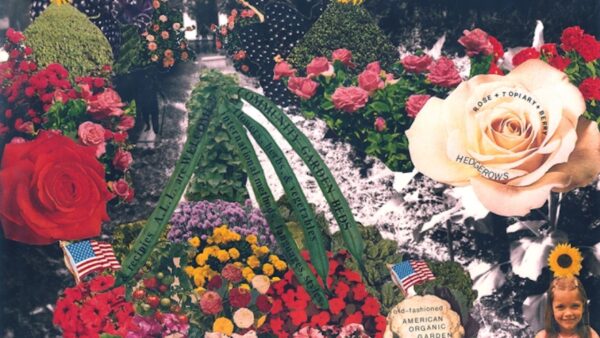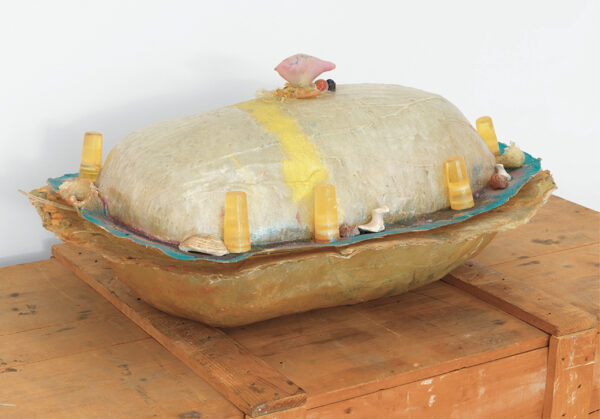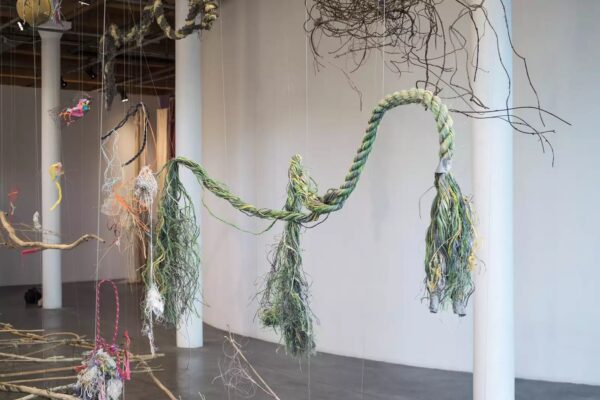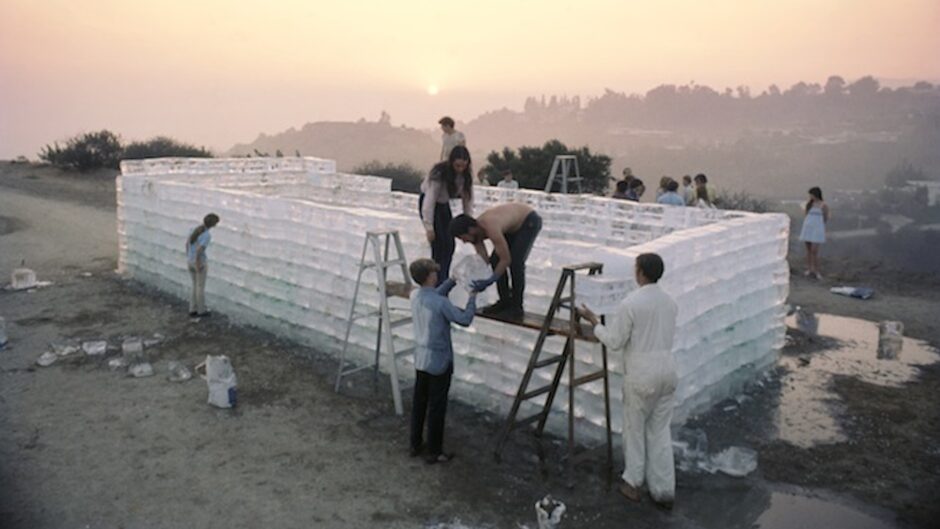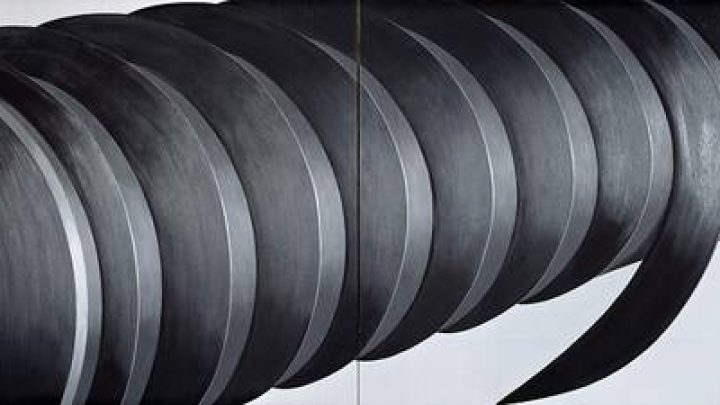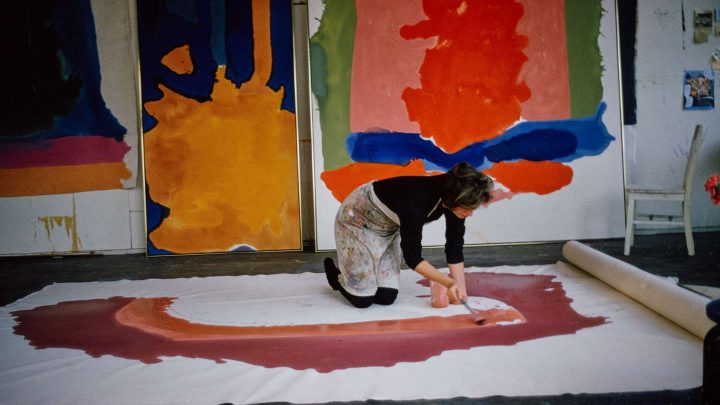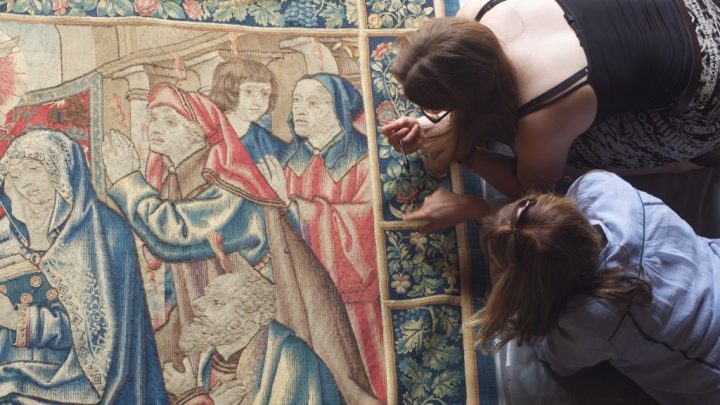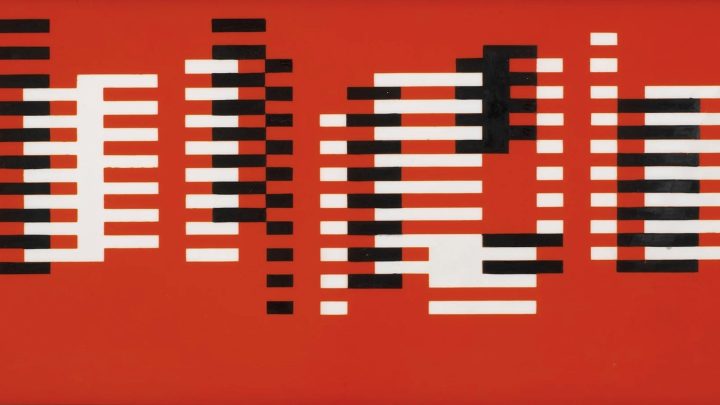The climate crisis, as Amitav Ghosh reminds us, “is also a crisis of culture, and thus of the imagination”. Artists working across the Americas have long grappled with the idea of ecology understood in an expanded sense, as a means of observing and critiquing social and political conditions and imagining alternative ways of being in the world.
This course explores modern and contemporary art histories of the Americas during an era known variously as the Age of Ecology, the Atomic Era, the Cold War, or the countercultural Age of Aquarius. We look beyond the category of “eco-art” to rethink American art at large in relation to wilderness politics and land rights, ecofeminism and countercultural living, atomic ecologies and nuclear frontiers, plantation histories, plastics and computer technologies, bodies of water and river ecologies, cultural labour and waste. We examine the close relationship between nature and nationhood, and the ways in which artists turned to ecological thinking to makes sense of postwar technologies and media, land occupation and resource extraction, war and the military industrial complex. We also explore how ecological thinking enabled artists to create countercultural spaces and communities, to critique of social and cultural power structures, to enact modes of political resistance, and to surface hidden histories and voices.
We will consider how ecological approaches can help us to rethink familiar art historical and political borders and boundaries, and to question accepted models of site and place, materiality and value, authorship and ownership, audience and participation, institutional critique, and cultural labour. The works that we examine range across performance and participatory art, painting, sculpture and installation, experimental film, video and photography, and ephemeral or conceptual projects. Artists discussed may include Carolina Caycedo, Bruce Conner, Agnes Denes, Coco Fusco, Nicholas Galanin, Ellen Gallagher, Mike Kelley, Mierle Laderman Ukeles, Ana Mendieta, Vik Muniz, Yoko Ono, Pope.L, Carolee Schneemann, Cecilia Vicuña, Kay Walkingstick.
With a particular focus on American art since 1950, the course encourages you to engage with theoretical frameworks of participatory art and activism, ecological time and futurity, ecofeminism and queer ecologies, utopianism, extractive and material politics, models of the local and the planetary, and to think about the stakes of these histories in the present moment. Taking our lead from Christina Sharpe’s writing on weather and anti-Blackness, we will be particularly attentive to the geographical, social, economic and cultural extractions and exclusions that are constitutive of American art history. We will foreground the work of Black, Indigenous, Latinx, and immigrant artists, as well as intersections between art, countercultural and anti-war politics, and feminist, queer, racial and environmental justice movements.
Our seminars bring current research and debates into classroom discussion, and students are supported to pursue original and independent avenues of interest, including via regular individual tutorials and feedback. Off-site visits to exhibitions, archives and other sites as relevant will encourage first-hand looking. A study trip of 2-4 days is supported by a travel grant.
Course leader: Dr Lucy Bradnock and Dr Johanna Gosse
In the event that a course leader is on sabbatical, takes up a fellowship, or otherwise is not able to teach the course, they will be replaced by another experienced course leader either for a semester or, in some cases, the academic year.

